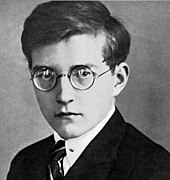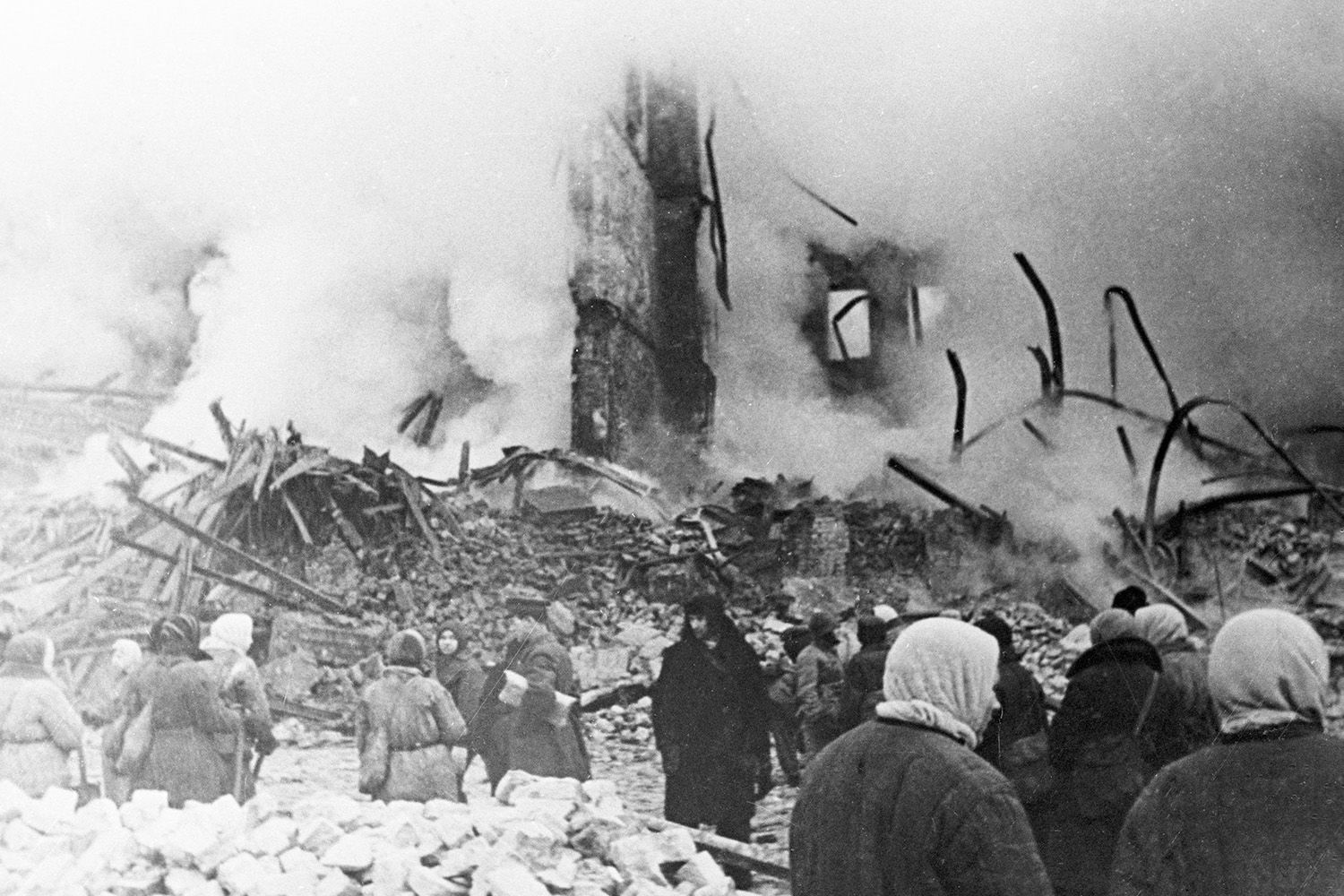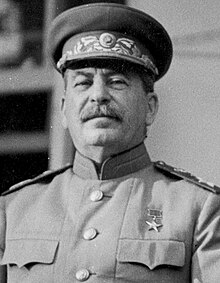 Dmitri Shostakovich is widely regarded as one of the most influential figures in 20th-century classical music. Yet, during his lifetime, he was derided and scorned by his contemporaries and the Soviet government for his “formalist” music that went against the communist ideals that dominated the era. Personally, I think that Shostakovich has the most interesting life story of any composer, and his persistence against Soviet censorship is something that I greatly admire.
Dmitri Shostakovich is widely regarded as one of the most influential figures in 20th-century classical music. Yet, during his lifetime, he was derided and scorned by his contemporaries and the Soviet government for his “formalist” music that went against the communist ideals that dominated the era. Personally, I think that Shostakovich has the most interesting life story of any composer, and his persistence against Soviet censorship is something that I greatly admire.
Born on September 25, 1906, Shostakovich quickly demonstrated a great aptitude for music, rising to fame at the age of 19 with his first symphony. From there, the young musician’s budding career found much success, becoming one of the only Russian composers of the time whose music was performed out of the country. In this blog, I will explore Shostakovich’s life through some of his most influential and important pieces.
Lady Macbeth of Mtsensk

Even as Shostakovich’s career was rapidly growing, he soon faced an obstruction that would shape much of his later life — Joseph Stalin, dictator of the Soviet Union. After Stalin saw a performance of this opera, an article in the official Soviet newspaper Pravda was published titled “Muddle Instead of Music”, which condemned the work and described it as “bedlam of noise, quacks, grunts, growls”. This encounter would set the stage for much of Shostakovich’s career, as he would come into conflict with the government several more times.
Symphony No. 5
Shostakovich was in hot water with the Soviet regime after his opera Lady Macbeth of Mtsensk and his subsequent fourth symphony, both of which the regime considered unsuitable for the public. Fearing for his life, Shostakovich’s fifth symphony was appeasement of the government that endorsed the ideals of Stalinism. The symphony was met with great success from both the public and music critics with its theme of triumph out of adversity, placing Shostakovich into a safer position.
However, there is a certain irony to this piece. According to Testimony, a memoir of Shostakovich’s life, the victorious finale is instead representative of “forced rejoicing”, rather than any genuine celebration.
Symphony No. 7, “Leningrad”

The Leningrad Symphony is maybe Shostakovich’s most iconic piece. Written in 1942, it premiered within the city while under siege by the German army. The most famous section of the symphony is the first movement, characterized by the “invasion theme” in a manner similar to Ravel’s Bolero: on top of a snare drum ostinato, instruments slowly start to add upon each other with the main theme. Broadcast across the city with loudspeakers, the symphony became a beacon of hope against the forces of fascism and totalitarianism.
Symphony No. 10

March 5, 1953 — the date of Stalin’s death. Nine months later, on December 17, 1953, Shostakovich premiered his tenth symphony, a monumental piece that was of special importance. The second movement of the piece is a furious, scathing commentary on the Stalin regime. Shostakovich wrote of it, “I did depict Stalin in my next symphony, the Tenth. I wrote it right after Stalin’s death and no one has yet guessed what the symphony is about. It’s about Stalin and the Stalin years. The second part, the scherzo, is a musical portrait of Stalin, roughly speaking. Of course, there are many other things in it, but that’s the basis.”
String Quartet No. 8

This is perhaps one of Shostakovich’s most tempestuous pieces, and even with just four instruments Shostakovich delivers the same intensity as a full symphony orchestra. Dedicated to the survivors of the bombing of Dresden during World War II, the string quartet is certainly one of Shostakovich’s biggest achievements.
Piano Concerto No. 2
I think that it’s worth noting that not all of Shostakovich’s music was dedicated to his resistance. He wrote his second piano concerto for his son, Maxim, and it is a stark contrast to everything that I have shared so far. The second movement of this work is a gentle melody, very different from the biting character that is present in his other works.
Shostakovich was a man of contrast, and this can be seen through both his music and his actions. Outwardly, he seemed to conform to Soviet pressure, failing to advocate for his ways of thought, and under the scrutiny of the government, Shostakovich was forced to compose nationalistic music in support of the regime. But he was also a rebel — he fought against the Soviet regime in secret, composing “desk drawer” pieces that denounced the atrocities that they committed. I think that this is what makes him such an interesting figure in music history, as someone who used the medium not only as expression, but as a political commentary on world events and morality. He is a man that truly embodies the concept of rebellion through conformity. While this selection does not encompass Shostakovich’s whole oeuvre and his character, please feel free to check out some of the pieces that I’ve included in the playlist and tell me what you think about them!
It’s fascinating how easily we forget that art not only survives but often thrives under the most oppressive and tumultuous conditions. Your blog really shows the turbulent times and the difficulty of the production of art during times of conflict. Shostakovich’s story highlights an incredible journey of resilience and covert resistance against the crushing force of a totalitarian regime, which really puts into perspective the often romanticized notion of the “tortured artist.”
The struggles Shostakovich faced to have his voice heard while he was navigating censorship, political condemnation, and even fear for his own life, the actions he takes are profoundly moving. It’s a testament to the unyielding power of artistic expression and its crucial role as both a form of personal catharsis and public commentary. It reminds me of one band in Russia that would outwardly protest against Putin and I believe they were fairly popular, but equally just as hated in Russia as well. Thank you for this enlightening exploration into Shostakovich’s life and works. I will have to give some of his works a listen, and I’ll be diving into the works of music produced this time much more often.
Interesting post, Dingjia!
Where’s the playlist?